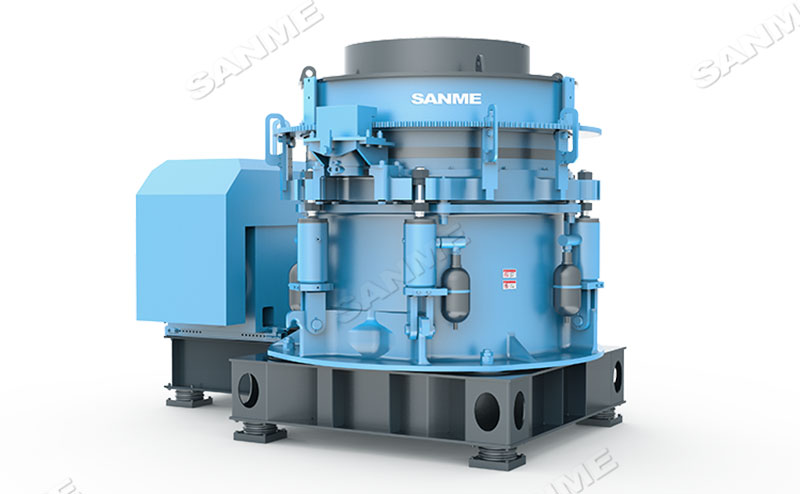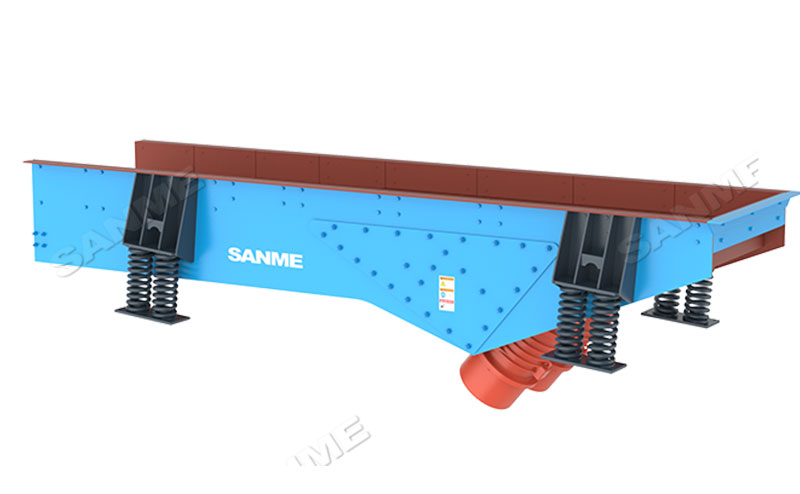Haven't got an account?
Haven't got an account? Jaw Crusher Price

D&Ri explores the latest crushing and screening equipment advancements, and looks at how newer models are meeting the changing needs of equipment buyers.
Whether making a purchase or renting a new piece of equipment, ensuring a good return on investment (ROI) is key. But today, that return is no longer measured in purely monetary terms.
Deciding on the right crushing and screening equipment is no longer only down to whether it offers the right capacities and capabilities at the right price. It is also about the bigger picture and the longer-term impacts, with opinions and priorities shifting in favour of both the environment and the wellbeing of workers.
Indeed, contractors can no longer afford to invest in a high-capacity machine that offers a high financial ROI if that machine does nothing to help lower its environmental impact.
With this type of thinking becoming more prevalent, manufacturers are taking note.
A case in point is the new fully electric heavy jaw crusher model from Sandvik Mobile Crushing and Screening. The model is part of the company’s continued “make the shift” strategy to develop products that offer greater sustainability.
Sandvik’s electric UJ443E heavy jaw crusher is a tracked machine that can handle hard and abrasive rock, such as those in the aggregates, construction, quarrying and mining sectors.
The OEM says that in comparison to its previous models, the electric UJ443E provides greater efficiency, with “up to a 30% reduction in fuel consumption and up to a 30% increase in material throughput”.
The UJ443E is fitted with its latest generation CJ412 jaw crusher unit, electric final drives and an onboard genset, which enables it to be powered by either an external electricity supply, HVO or diesel.
Sandvik says: “Operating whilst connected to the external electric source can bring several advantages, including lowering running costs, extending drive train service intervals, reducing time spent refuelling, reducing onsite emissions and lowering noise levels.
“The fully electric track drives also decrease the use of hydraulic oil on the plant by up to 91%,” adds the company.
The UJ443E model also has a 125-Amp downstream connection that enables equipment users to operate a downstream plant unit, such as a screener or scalper.
According to Sandvik, utilisation of the downstream configuration can decrease fuel consumption by up to 20%, compared to running separate units.
Similarly, manufacturer Kleemann recently unveiled the first model of an entirely new impact crusher range.
Set to be introduced in 2024 via staggered launches in Europe and North America, the new Mobirex MR 100(i) NEO is designed for various demolition and recycling applications.
While the MR 100(i) NEO incorporates a crushing unit that has a 4-ledged rotor with a large impact range – enabling it to process concrete, rubble, asphalt and soft to medium-hard natural stone – its zero-emissions, electric powered NEOe sister version is an even more sustainable option.
The NEOe version may therefore seem like the obvious choice, but Kleemann has yet to publish the full specifications of the sister models, and there will likely be some pivotal differences.
Putting that aside, both versions offer a ‘return’ when it comes to ease of operation and onsite flexibility.
Kleemann says the compact dimensions and a low transport weight mean “the Mobirex MR 100(i) NEO/NEOe can be used flexibly, quickly and in a very wide variety of applications.
“Operation in tight spaces on work sites or in frequently changing places of work is easily possible”, it claims.
The same approach is also being taken when it comes to screens, with OEMs helping to drive the shift to minimise the environmental impact of the equipment by focusing on, not just the lowering of emissions, but on the efficient separation of materials.
Take Sweden-based company Norditek for example. It says its new diesel-electric screener model offers cleaner and more efficiently recycling when it comes to complex waste materials.
The Norditek ES5200 screener incorporates an electric drive for reduced noise and low emissions. It also features a new control system for increased production precision and an extended screening surface with flip flow technology, which sorts waste and masses efficiently to provide cleaner fractions and reduced contamination.
Johan Marquardt, Product Managet at Norditek, says: “Our new screener is more oriented towards sorting recycling materials than a pure coarse sorter which is more towards rocks and heavy shafts.
“What exists today are converted coarse sorters for waste, but these then suffer from their high energy consumption for lighter materials.
“So there we fill a gap in the range because our new scope has the same output but with significantly lower consumption.”
As well as having a remote-control system that allows users to operate and drive the screener from a distance, the electrically-powered ES5200 is equipped with factory-installed overband and end roll magnets.
Daniel Carlberg, CEO at Norditek, says: “The main reason why we developed the ES5200 is that we saw the need for a diesel-electric screener that draws little power and that fits together with our modules, because with these we are able to recycle more complex waste and production waste.
“There are many small and large details that make the customer earn more money thanks to increased recycling rates and lower operating costs.”
Meanwhile, Screencore’s latest Trident branded scalping screen claims to combine screening and scalping with the larger stockpiling capabilities of “an advanced stacker”.
The Trident 125 Hi-Stak model is designed for use in the recycling, demolition and, quarrying, industries, and is suitable for applications involving sand, gravel, soil and mulch.
The 31-tonne machine is fitted with a Tier 4/Stage V compliant 100 kW engine from Caterpillar and features fixed catwalks on both sides.
It is available in a dual-power version and has a transport width of just over 3 m.
Describing the model as “two machines in one”, Screencore says: “Although mobile screens have their own integrated stockpiling conveyors, they are generally compact and often need to be augmented by separate specialist stockpilers.
“This is unproductive, inefficient, and of course expensive.”

Mobile VSI Crushing Plants The company adds that the Trident 125 Hi-Stak also helps contractors to lower their carbon emissions and fuel costs, as well as to eliminate the need for “double-handling fines”.